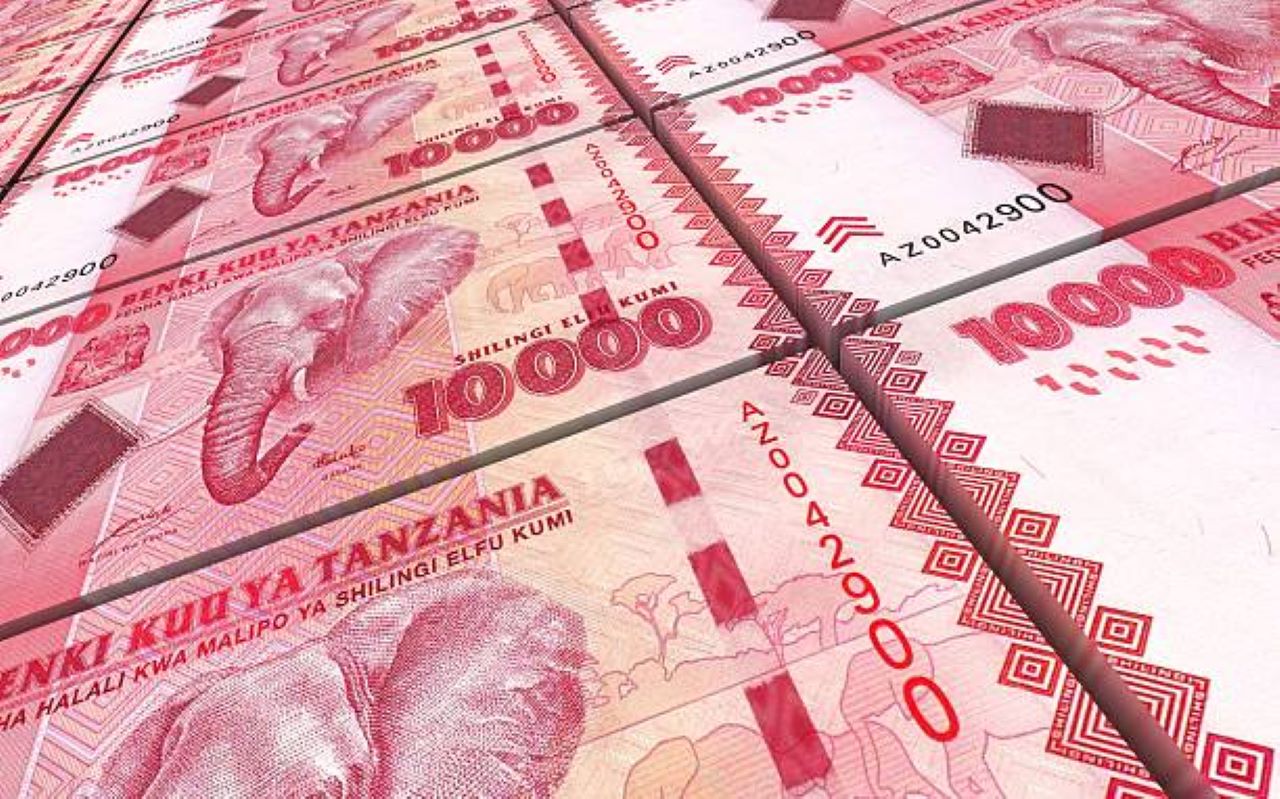The debt structure suggests Tanzania is actively investing in its economic development, with a focus on infrastructure and social sectors. However, the reliance on external debt and exposure to currency risk are areas that require careful management to ensure sustainable economic growth.
External debt
As of July 2024, Tanzania's total external debt stock amounted to $29,685.1 million, with disbursed outstanding debt at $29,184.8 million and undisbursed debt at $4,572.0 million. The disbursed debt was mainly owed to multilateral creditors ($17,046.3 million), followed by commercial debt ($10,095.8 million), and bilateral creditors ($1,123.8 million). The central government accounted for the largest share of borrowing ($24,441.9 million), while the private sector borrowed $4,739.1 million. The debt was primarily denominated in US Dollars (66.8%), Euros (17%), and Chinese Yuan (6.4%). Major debt-funded sectors included transport and telecommunications ($7,553.5 million), social welfare and education ($6,969.5 million), and energy and mining ($2,846.9 million). Additionally, external debt arrears totaled $1,617.3 million.
As of July 2024:
- Total external debt stock: $29,685.1 million
- Disbursed outstanding debt: $29,184.8 million
- Undisbursed debt: $4,572.0 million
Breakdown of disbursed external debt by creditor category:
- Bilateral debt: $1,123.8 million
- Multilateral debt: $17,046.3 million
- Commercial debt: $10,095.8 million
- Export credits: $918.9 million
Breakdown by borrower category:
- Central government: $24,441.9 million
- Public corporations: $3.8 million
- Private sector: $4,739.1 million
Main currencies:
- US Dollar: $19,491.5 million (66.8% of total)
- Euro: $4,947.1 million (17.0%)
- Chinese Yuan: $1,855.6 million (6.4%)
Major uses of external debt funds:
- Transport and telecommunication: $7,553.5 million
- Social welfare and education: $6,969.5 million
- Balance of payments and budget support: $5,397.8 million
- Energy and mining: $2,846.9 million
External debt arrears totaled $1,617.3 million as of July 2024.
Domestic debt
As of July 2024, Tanzania's total domestic debt stood at 32,465.1 billion Tanzania shillings. This debt was primarily composed of government securities amounting to 27,220.5 billion TZS (83.8% of the total), including 2,128.9 billion TZS in Treasury bills and 24,904.5 billion TZS in Treasury bonds. Non-securitized debt accounted for 5,244.6 billion TZS (16.2%), with the bulk being an overdraft of 5,226.2 billion TZS. The main holders of this debt were commercial banks (30.2%), the Bank of Tanzania (22.1%), pension funds (27.0%), and insurance companies (5.7%).
As of July 2024:
- Total domestic debt stock: 32,465.1 billion Tanzania shillings
Breakdown by borrowing instruments:
- Government securities: 27,220.5 billion TZS (83.8% of total)
- Treasury bills: 2,128.9 billion TZS
- Treasury bonds: 24,904.5 billion TZS
- Non-securitized debt: 5,244.6 billion TZS (16.2% of total)
- Overdraft: 5,226.2 billion TZS
Main holders of domestic debt:
- Commercial banks: 9,796.5 billion TZS (30.2%)
- Bank of Tanzania: 7,186.3 billion TZS (22.1%)
- Pension funds: 8,780.4 billion TZS (27.0%)
- Insurance companies: 1,853.2 billion TZS (5.7%)
Total national debt
As of July 2024, Tanzania's total national debt stock (external + domestic) stood at $41,844.1 million.
The figures shows that multilateral institutions are the largest creditors for Tanzania's external debt, while the central government is the primary borrower. For domestic debt, government securities, particularly Treasury bonds, make up the majority of the debt stock, with commercial banks and pension funds being the main holders:
- Infrastructure and social development focus: The largest portions of external debt are allocated to transport and telecommunication ($7,553.5 million) and social welfare and education ($6,969.5 million). This suggests Tanzania is investing heavily in infrastructure and human capital, which are crucial for long-term economic development.
- Reliance on external financing: With a total external debt of $29,685.1 million compared to a domestic debt of about $12,159.0 million (converted from TZS), Tanzania appears to rely significantly on external financing for its development projects. This could indicate limited domestic savings or a need for foreign expertise and technology.
- Multilateral support: The largest share of external debt is from multilateral institutions ($17,046.3 million). This suggests Tanzania has good relationships with international financial institutions, which often provide loans at concessional rates and with development-oriented conditions.
- Increasing commercial borrowing: Commercial debt accounts for a significant portion of external debt ($10,095.8 million), indicating Tanzania's growing access to international capital markets. This can be seen as a sign of increasing economic credibility, but also potentially higher borrowing costs.
- Currency risk: With 66.8% of external debt denominated in US dollars, Tanzania faces significant currency risk. Any depreciation of the Tanzania shilling against the dollar could increase the debt burden.
- Domestic market development: The substantial domestic debt, particularly in government securities, suggests a developing local financial market. This is positive for economic development as it provides alternative financing sources and investment opportunities.
- Balance of payments support: A significant portion of external debt ($5,397.8 million) is for balance of payments and budget support, indicating some macroeconomic challenges that require external assistance.
- Private sector involvement: Private sector external debt of $4,739.1 million suggests some level of private sector engagement in international borrowing, which could be positive for economic growth if invested productively.
- Debt sustainability concerns: The total national debt of $41,844.1 million is substantial. While not necessarily problematic on its own, it's important to monitor this in relation to GDP growth and export earnings to ensure long-term sustainability.
- Investment in energy and mining: Significant debt allocation to energy and mining ($2,846.9 million) indicates efforts to develop these sectors, which could be crucial for future economic growth and export earnings.
